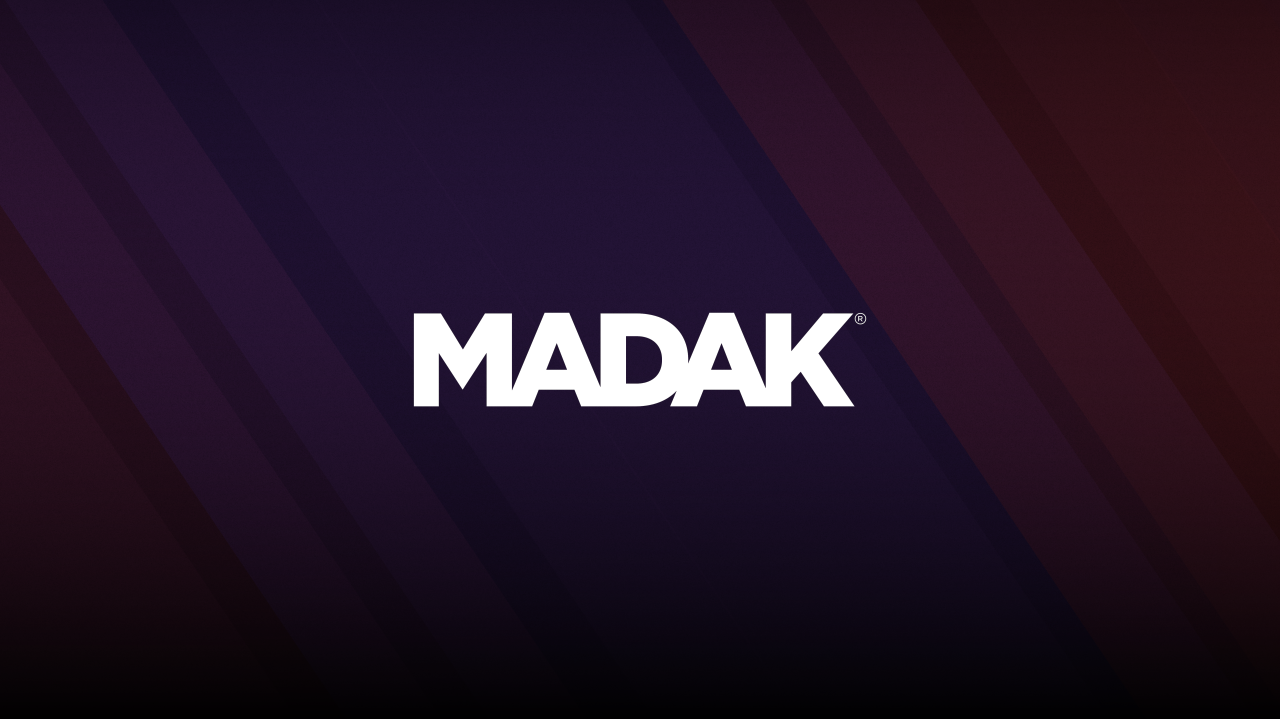Infographics
The Oxford Dictionary defines an infographic as “a visual image such as a chart or diagram used to represent information or data.” An infographic usually involves both text and eye-catching visuals to keep readers engaged, and the text is usually succinct and cuts out all of the unimportant “fluff” that long-form articles may include. This kind of design concept has grown in popularity in recent years as a way of giving a simple but thorough overview of a topic.
Since infographics usually consist of valuable information that is condensed into an easy-to-digest package, they are great for content marketing. If you make an infographic that piques interest and has the potential for high visibility, adding your logo or web address will help direct people to your business.
Videos
.gif)
Videos can be an incredibly powerful part of your content marketing strategy if executed correctly. There are several different kinds of videos, including expository videos, product demonstrations, web series, behind-the-scenes glimpses, testimonials, and so much more. Videos can be animated or live action, they can have serious or satirical tones, and they can be as long or short as needed (though short is usually better).
When creating video content as part of your marketing strategy, it’s important to think about your messaging, your audience, and your purpose. Entertaining, informative, and engaging videos can show your business’s personality in a unique way and attract a lot of interest in your products and services. Using tools like FlexClip can simplify the process, enabling you to produce professional-quality videos that captivate your audience.
Memes and GIFs
.gif)
It’s hard to nail down an exact definition of what a meme is, but generally, they are thought of as humorous trends that are passed on and imitated through images, videos, or certain phrases. Memes change rapidly, and many businesses that favor memes in their content marketing strategy will have a social media expert on board to keep track of and act on these trends.
GIFs are essentially an animated image that loops continuously. They occasionally fall into the same category as memes since they can be humorous or relatable, but the GIF format can also be used in a more serious manner to highlight a specific feature of a product or make your imagery more interesting and dynamic.
There are two main reasons why memes and GIFs should be added into your marketing strategy. The first is that they are relatable and personable — they make your business seem more familiar, and if you can connect with others and understand their problems, you will be perceived as better equipped to solve them. The second is that they are digestible. Similar to infographics, memes and GIFs are fun to look at. They aren’t overwhelming or overbearing, and they help you get your message across quickly and clearly.
Slideshows
People often think of presentations when they think of slideshows, but they can also be implemented on social media, on webpages, and in live events. Slideshows are usually lengthier and more information-dense than some of the above creative assets, but they don’t have to be boring or word-heavy. Oftentimes, slideshows take the viewer on a small journey, as each slide prepares them for the next. When creating a slideshow, the focus should be on showing as well as telling.
Slideshows can be a useful tool to add into your content marketing strategy arsenal, as they allow you to share longer messages in a palatable way. If you have several different points that need to be covered or if you need to keep consumers engaged for a long period of time, a slideshow can help you accomplish this.
Calls to Action
To quote business blogger Chris Brogan, “if you’re not putting some kind of potential hook to future business into your efforts, you’re not content marketing. You’re writing.” A call to action shouldn’t just be restricted to sales emails and web pages — you can (and should) put a call to action throughout marketing videos, meme captions, in the corners of infographics, and everywhere else!
A call to action is the catalyst that gets people to click, read, watch, and buy. People need to know how to buy your products, where to go to sign up for your web series, and who to call to set up appointments. It’s your job to make these processes incredibly clear with calls to action.
Branded Images
Branded images are just what they sound like. They include an image that is combined with all of the aspects of your brand, including your colors, fonts, business name, and logo. This transforms the image into something that is affiliated with your brand. Visual information is very important, especially when it’s repetitive, as you are essentially training people to recognize your business.
Posting branded images on your social media, adding them to your emails, and using them on your website allows people to create a narrative of your brand in their head and ensures they are exposed to your business often. Having a consistent strategy for branding images also makes it easy to introduce new products and share company news, as your content will be easily recognizable.
The Bottom Line...
All of the creative assets above are tools that can be used to enhance your content marketing strategy, which will grow your business. Now that you know about these 6 assets, you might be wondering how to start using them. To get more information about drafting these pieces of marketing collateral, take a look at Module 7 of the Madak Guide. To get a sense of what the Madak Guide is all about, check out Module 1 today, which is now available as a free preview.


.png)






